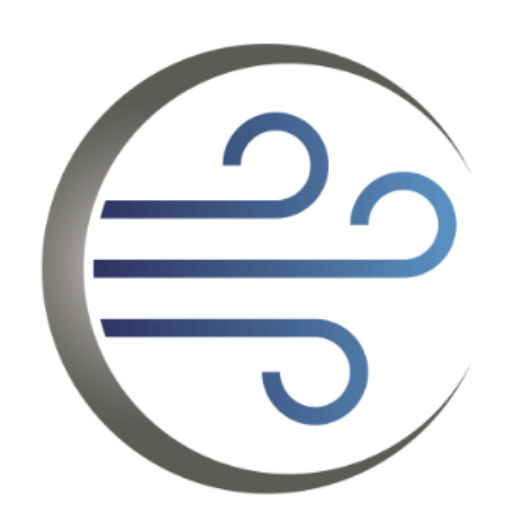Bronchoscopy
What is a bronchoscopy?
A bronchoscopy is a procedure where a flexible camera is used to look inside the airways. It is used to assess respiratory issues and enables the doctor to visualise and sample the respiratory system. It is used to aid in accurate diagnoses of various pulmonary conditions, and assisting in generating personalised treatment plans. A bronchoscopy is often recommended when other diagnostic testing is unable to provide conclusive insights into respiratory issues, or if your doctor deems a chest x-ray or CT scan result abnormal.
The camera, known as a bronchoscope, is about the diameter of a pencil, and goes past the vocal cords to access the lungs. The bronchoscope has a high-quality camera for inspection, plus a channel which allows for suction of secretions (phlegm), and biopsy of abnormalities within the airway if required.
When is a bronchoscopy necessary?
Bronchoscopy is useful in investigating and analysing the presence of potential lung conditions:
- Nodules, masses, or infiltrates in the lungs
- Lung disease or lung cancer
- Infections such as pneumonia
Bronchoscopy can be useful in treating cancer, removing a foreign object, or cleaning out fluid or mucus from the airways.
Patients who present with the these symptoms may be referred for a bronchoscopy:
Endobronchial Ultrasound
For patients with lung cancer, an endobronchial ultrasound (EBUS), allows further exploration and biopsylymph nodes in the chest. This is often used to assess the extent of lung cancer and can aid in determining appropriate treatment. EBUS can be divided into two types:
Convex probe EBUS uses a slightly different bronchoscope which allows visualisation of structures beside the wall of large airways (such as abnormal mediastinal masses or lymph nodes seen on CT) and watching real time as a small needle is passed to biopsy (transbronchial needle aspiration: TBNA). This allows for targeted sampling whilst avoiding puncturing large blood vessels. Often a scientist is also in the room to provide feedback on the quality of the sample. This makes for a safe procedure with low rates of additional complications above and beyond standard bronchoscopy. EBUS TBNA may be used to provide staging information in suspected lung cancer, but many benign (not cancer) conditions are also responsible for such abnormalities on CT.
Radial probe EBUS (rEBUS) may be used to investigate shadows deeper within the lung tissue, beyond the reach of the tip of the bronchoscope. This refers to a thin rotating probe that can be passed through the working channel of a bronchoscope to provide ultrasound image further out in the lungs. This may use a standard or thin bronchoscope with a “guide sheath” (like a thin plastic straw to extend the working channel) or a specialised ultrathin scope which can travel more peripherally. Often a real time x-ray will be used to also confirm position, the probe is able to be removed and samples taken from the same location using a range of tools including forceps, a brush and needle. Complications depend on many factors, the risk of a collapsed lung (or pneumothorax) is low and less than for a CT guided biopsy and most bleeding that occurs is able to be easily stopped through the bronchoscope.
What are the risks of having a bronchoscopy?
While bronchoscopy is generally considered safe, like all procedures it carries certain risks. Some side effects are commonplace, and these can include:
- Sore throat
- Hoarseness
- Coughing
- Muscle aches
- Mild fever
Immediately contact your doctor if you receive a fever that persists for more than 24 hours, you have increasing chest pain, difficult breathing, or coughing up more than a few tablespoons of blood.
Your respiratory doctor will advise any potential risks involved in the procedure as part of your consultation.
How to prepare for a bronchoscopy
A bronchoscopy procedure takes around 15 minutes, and patients may have a mild sore throat for a couple of days.
- Patients are typically advised to fast between 4-8 hours leading up to the procedure.
- Discuss any medicines you are taking, such as: aspirin, ibuprofen, diabetes medicines, blood thinning medicines with your doctor prior to your procedure
- Provide a comprehensive medical history, including any allergies or ongoing medications.
- Arrange transport to return home after the procedure.
Click for a printable patient resource from Lung Foundation Australia.
Results and Recovery
After your bronchoscopy, you will be carefully monitored for several hours. Initially, your mouth and throat may tingle with numbness for some time. Once the numbness subsides and you can swallow and cough normally, a gradual reintroduction of fluids will be recommended beginning with sips of water, followed by the inclusion of soft foods as your comfort allows.
Gargling warm water and introducing throat lozenges once the numbness has completely worn off can help alleviate discomfort.
The results of the procedure will be discussed with your doctor a few days afterwards. Some results may take longer depending if any special preparation (on tissue samples, for example) is required. The results are pivotal in determining the course of action for any identified lung issues or discussing further procedures if needed.
Contact us to book an appointment
Our experienced medical team is committed to ensuring your bronchoscopy journey is marked by comfort, information, and support. Your respiratory health is our primary focus, and we are here to guide you every step of the way.

